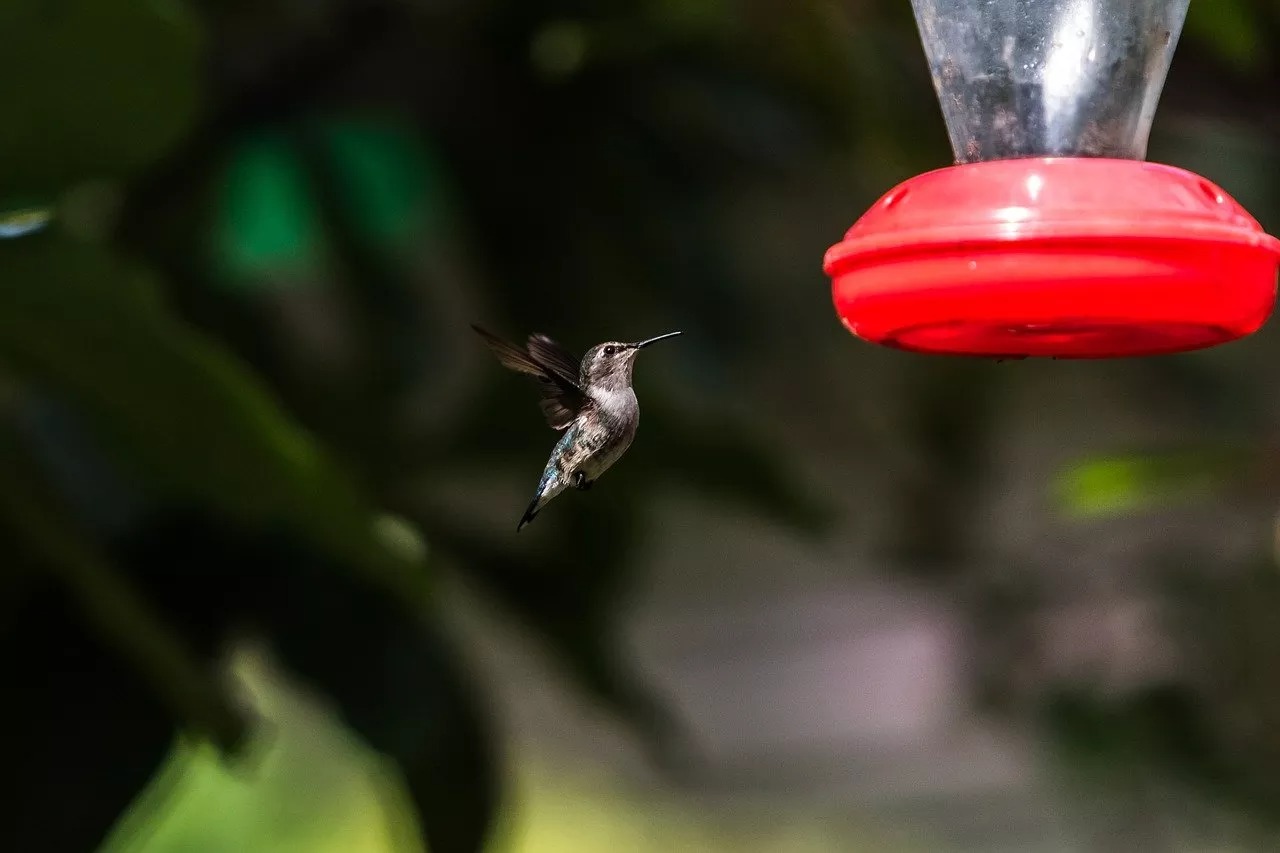The Hummingbird Migration: One of the Most Incredible Natural Phenomenon
Jul 17,2021 | SHEREM
 The hummingbird is one of the most recognizable birds in North America. They are tiny, colorful, and fast. They feed on nectar and insects and have adapted to feed in small hummingbird feeders. But there’s so much more to hummingbirds than that! The hummingbird migration is one of the most incredible natural phenomena. This article will give you all the information you need on the hummingbird migration, including when it occurs, where it occurs, and what causes it.
The hummingbird is one of the most recognizable birds in North America. They are tiny, colorful, and fast. They feed on nectar and insects and have adapted to feed in small hummingbird feeders. But there’s so much more to hummingbirds than that! The hummingbird migration is one of the most incredible natural phenomena. This article will give you all the information you need on the hummingbird migration, including when it occurs, where it occurs, and what causes it.When does the hummingbird migration occur?
The hummingbird migration usually takes place in late summer and fall, between August and October. It is the annual migration of the ruby-throated and violet-green hummingbirds. During this season, populations of these hummingbird species gather in Mexico and the Caribbean for the winter. Then, in late winter and early spring, these birds fly back to the United States and Canada for breeding. Hummingbirds are not native to North America, so this annual migration is a special event for the species. It is thought to play a significant role in the survival of many species of plants and animals.
Where does the hummingbird migration occur?
The hummingbird migration occurs in tropical and subtropical regions of the Americas. These regions include the Caribbean, southern Mexico, southern California, and parts of the southern and southwestern United States. The migration happens in the winter, when hummingbird populations gather in tropical and subtropical areas. Then, in the spring, they begin to migrate back to their breeding grounds, passing through some of the same areas they were in the winter. In this way, each hummingbird gets a chance to experience the same conditions it will face during the next season. This way, each species can make the most efficient use of resources like food and water.
Why does the hummingbird migration occurs?
The hummingbird migration occurs because of the extreme climate conditions hummingbirds face in their native areas. Hummingbirds feed on nectar and small insects, which require very specific climates. In order for hummingbirds to survive, certain regions of the world must be kept warm enough for them to survive. Therefore, the hummingbird migration takes place in the winter, when the climate is cooler than the tropics. Hummingbirds are able to migrate because they are well-adapted to extreme conditions. Their feathers are impermeable to water, which helps them survive in areas with a dry climate. Their feathers are also lightweight, so they can easily stay airborne without expending energy. These traits allow hummingbirds to survive in dry regions, where other insects cannot live.
Hummingbird migration and conservation efforts
To learn more about the hummingbird migration and how you can get involved with conservation efforts, check out this article. Hummingbirds are some of the most endangered species in the world. During the hummingbird migration, hummingbirds travel thousands of miles to return to their native areas to breed. This is a critical time for the survival of these species, as many die during this migration due to thirst, starvation, predation, and collisions with buildings. When the hummingbird migration occurs, these birds may pass through areas that are experiencing a decrease in native plant species. In this way, the migration can negatively impact endangered plant species, as well as other wildlife. One way you can help protect the hummingbird migration is to provide water for thirsty birds during the migration season.
From hummingbirds’ tiny wings to their tiny brains, these birds have adapted to extreme conditions around the world. Hummingbirds are amazing creatures who, like all organisms, face many challenges in their natural habitats. During the hummingbird migration, these birds move thousands of miles in search of reliable water sources. You can help protect the hummingbird migration by providing water for thirsty birds during the migration season. If you would like to learn more about hummingbirds, check out the National Audubon Society’s Hummingbird Migration infographic.


